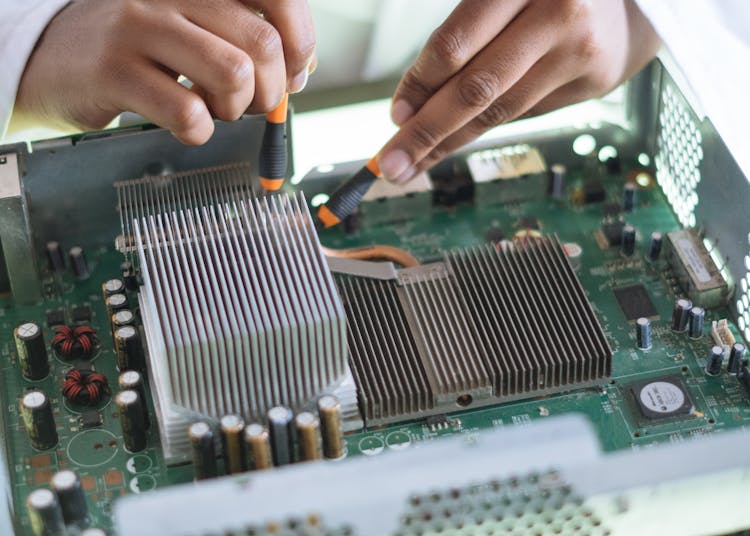All Categories
Featured
Table of Contents
The check engine light usually indicates that a specific issue exists within the emission control system or a related component in your vehicle. Resetting it might involve using an OBD-II scanner, briefly disconnecting the battery, or simply operating the vehicle for a few cycles once repairs are completed. If the light does not turn off after these actions, it could signify a more significant problem that demands the expertise of a professional mechanic.
Understanding OBD-II Scanners
An OBD-II scanner serves as a diagnostic tool that connects to the vehicle's OBD-II port, allowing the user to read and delete diagnostic trouble codes (DTCs). These devices are essential as they help pinpoint the exact reasons behind the check engine light illuminations by presenting error codes that correlates with specific issues. By utilizing an OBD-II scanner, you can avoid costly trips to the mechanics and pinpoint problems that can be resolved through DIY fixes or regular maintenance.
For those looking to invest in an OBD-II scanner, check out this user-friendly model on Amazon: OBD-II Scanner.
Typical Issues That Trigger Check Engine Light
There are several common issues that can cause the check engine light to turn on, and being aware of them can save you time and worry. One common reason involves a loose gas cap that leads to fuel evaporation; tightening or replacing this can often restore normal function.
Another common reason the check engine light appears is a faulty oxygen sensor. This sensor plays a critical role in measuring the oxygen content in the exhaust and if it fails, it can significantly impact fuel efficiency and emission outputs. A failing catalytic converter is another issue to watch out for; this component is responsible for converting harmful gases into less harmful ones, and if it's malfunctioning, you might experience a loss in performance along with increased emissions.
Potential problems can also stem from a malfunctioning mass airflow sensor. This component measures the air entering the engine, and a malfunction here can lead to poor gas mileage and problematic driving performance. Faulty spark plugs or wires are also frequent offenders when it comes to illumination; they create the necessary spark for engine ignition, and their failure can lead to rough starts and performance issues. Electrical glitches, such as problems with the battery or alternator, can also lead to the check engine light coming on. Diagnosing and resolving these issues early can save you from more significant problems in the future.
Managing Your Check Engine Light
When your check engine light turns on, it's essential to take action rather than ignoring it. Routine maintenance checks can often ward off the problems that trigger this warning light from showing up; being diligent with your service intervals is critical. Keeping a close eye on your vehicle's performance aids in preventing minor issues from escalating into major problems. Monitor your car's performance closely, as odd sounds or dips in efficiency may signal underlying issues; seeking a professional diagnosis or checking with an OBD-II scanner can be advantageous.
Investing in a reliable OBD-II scanner can empower you to diagnose and address problems before they escalate. With knowledge and tools on hand, managing your vehicle’s check engine light becomes significantly streamlined, paving the way to a smooth ride.
Check out this recommended model on Amazon: OBD-II Scanner.

Top Posts
Latest Posts
Urban Oasis: Mastering Apartment Gardening Basics
The Fluoride Debate: Separating Fact from Fiction
Up, Up and Away: Your Guide to Hot Air Balloon Adventures